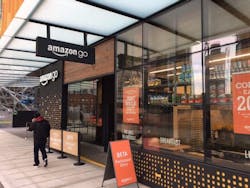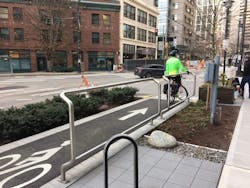Seattle is booming—the city has more cranes than any other American city right now. At the same time, the city is dealing with a homeless crisis that is mirrored by other major US cities. In the future, inequality might be exacerbated by technologies that automate human labor, just as agricultural communities and manufacturing towns were transformed in the 20th Century.
How can cities of the near future put an emphasis on equality while also reaping the abundant benefits of technological progress?
In terms of Urban Design, cities should be constructed as places that embrace:
- pedestrian safety
- a mix of uses
- walkable environments
- affordable housing
- public spaces that are accessible to all people
This is not an exhaustive list, and much work needs to be done creating a policy framework that enables society to benefit from the abundance that the combined technological progress of all human history bestows on us in our current era. In this era of less-is-more, are tiny houses a solution to housing affordability and homelessness, as The Charter for Compassion outlines?
Let’s start discussing how we solve these problems in the Second Machine Age. Of course it’s critical for all people and companies to embrace lifelong learning. But as technology changes at a quickening pace, our society needs to make a collective effort to set aside time and resources for continuous education. And when workers aren’t able to keep up, should there be safety nets in place that encourage learning and entrepreneurship? Before bridges spanned the Thames, London’s watermen were numerous—bridge building reduced their numbers. Through collaboration and political will, they were able to put “social dividends” in place wherein they were compensated after the construction of bridges over the Thames.
Cities like Seattle are making strides in creating inclusive urban spaces for people, but more needs to be urgently done as the rapid pace of automation is set to speed up over the coming decades.

